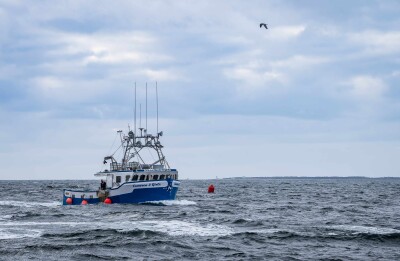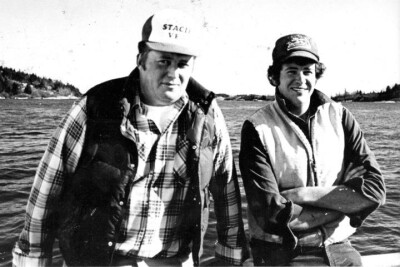Ever wonder what eats the salmon that don’t make it back to Bristol Bay? Or what fish are cannibals?
A new database released online in late March by the National Marine Fisheries Service offers a glimpse into fish diets, based on decades of study of their stomach contents. It ranges from commonly known species like halibut, Pacific cod and pollock, to lesser-known fish, like sculpins, snailfish and even alligatorfish. Herring and salmon also make an appearance, although they aren’t the focus.
Kerim Aydin, a supervisory fisheries biologist at the Alaska Fisheries Science Center in Seattle, said the database includes collections that have been in the works since the 1980s, and is largely focused on commercial groundfish species.
“We’ve collected hundreds of thousands of fish for the region, both the Bering Sea generally and Bristol Bay,” Aydin said. “The new database has that information in a very raw form, fish by fish, but we also have summaries each year of which fish was eating which other fish and what other things they were eating.”
That information can help researchers better understand the connectivity of the food web, and learn more about how a given species is doing.






